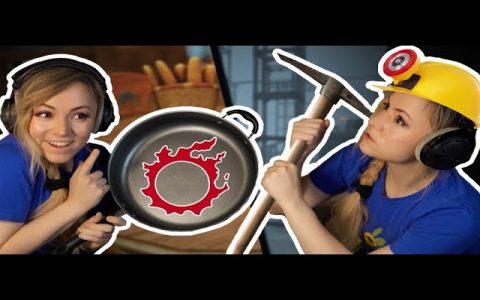This Product Management Resurrection Tier List ranks strategies and methodologies by their potential to revive struggling products or projects. Effective resurrection often requires a combination of approaches, but some have a more foundational impact in turning failure into success.
Tier Definitions
- S-Tier (Saviors): Fundamental, game-changing approaches. Critical for identifying core issues and redirecting efforts for a successful turnaround.
- A-Tier (Accelerators): Highly impactful strategies that significantly improve the odds of product revival by refining focus and execution.
- B-Tier (Builders): Solid, reliable techniques that support the resurrection process by improving specific aspects of the product or process.
- C-Tier (Contextual Fixes): Useful in specific scenarios but not universally applicable as primary drivers of resurrection.
- D-Tier (Delayed Impact / Distractions): Actions that might offer long-term benefits but are unlikely to be the immediate catalyst for resurrection, or could even divert critical resources.
S-Tier: Saviors
- Deep User Research & Empathy Mapping: Understanding why users are not engaging or are abandoning the product is paramount. This directly addresses the core value proposition and uncovers fundamental misalignments.
- Radical Prioritization & Scope Reduction: Ruthlessly eliminating non-essential features, technical debt not directly impacting current failure, and focusing resources laser-sharply on solving the most critical user problem or addressing the biggest failure point.
- Strategic Pivot Definition & Validation: Clearly defining and validating a new direction if the current product-market fit is fundamentally flawed. This involves a significant shift in target audience, problem solved, or core value proposition.
A-Tier: Accelerators
- Data-Driven Problem Diagnosis: Utilizing analytics to pinpoint exact drop-off points, underperforming features, or segments where the product fails. Moving from assumptions to evidence-based problem statements.
- Stakeholder Re-alignment & Unified Vision: Ensuring all key stakeholders understand the gravity of the situation, agree on the core problem, the new (or refocused) vision, and support the resurrection plan with necessary resources.
- Rapid Prototyping & Iterative Validation Cycles: Quickly building and testing potential solutions or pivot hypotheses with real users before committing significant development resources. Minimizes risk and speeds up learning.
B-Tier: Builders
- Competitive Re-analysis & Market Repositioning: Objectively assessing if the competitive landscape has changed or if the product's current positioning is misaligned with evolving market needs or fails to differentiate effectively.
- Targeted Technical Debt Resolution: Strategically addressing critical technical issues that directly impede user experience, stability, scalability, or the team's ability to iterate quickly on vital improvements.
- Agile Process Refinement & Team Empowerment: Optimizing development processes for speed and feedback. Ensuring the team is motivated, understands the 'why' behind the changes, and is empowered to contribute to solutions.
C-Tier: Contextual Fixes
- Targeted Feature Enhancement: Improving existing features only if data clearly shows they are critical to a viable user segment but are currently underperforming or causing significant friction. Avoid broad feature additions.
- Pricing Model Adjustment: Can be impactful if price is a primary, validated barrier to adoption or retention for an otherwise valuable product. Rarely solves fundamental product-market fit issues on its own.
- Marketing & Communication Overhaul: Useful if the product provides genuine value but is poorly understood, targeted, or communicated. Ineffective if the underlying product itself is flawed.
D-Tier: Delayed Impact / Distractions
- Large-Scale Rebranding: Often a superficial fix that consumes resources and time without addressing core product issues. Can be a distraction from fundamental problems.
- Prematurely Chasing New, Unrelated Markets: Spreading already-strained resources thin when the core product needs fixing is counterproductive. Focus on reviving the core before diversifying.
- Implementing "Hot" New Technologies (without clear user benefit): Technology choices should be driven by their ability to solve user problems or business needs, not by trends. Can lead to unnecessary complexity and delays.












